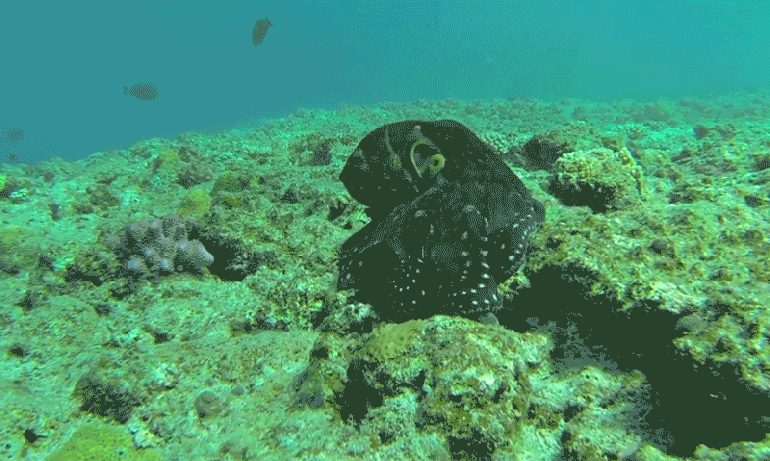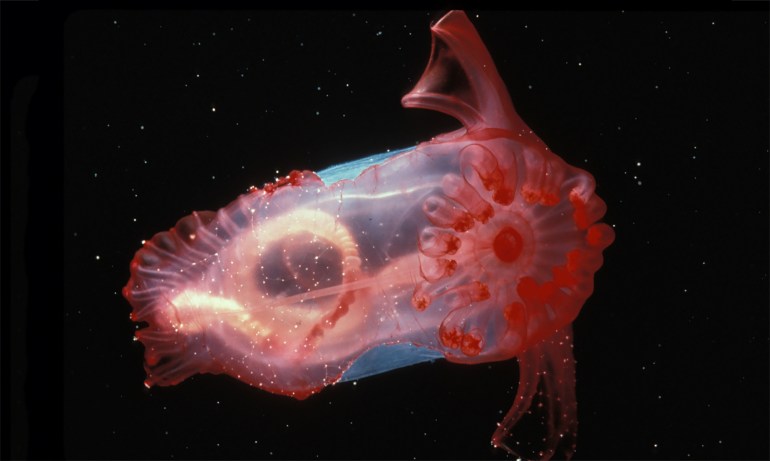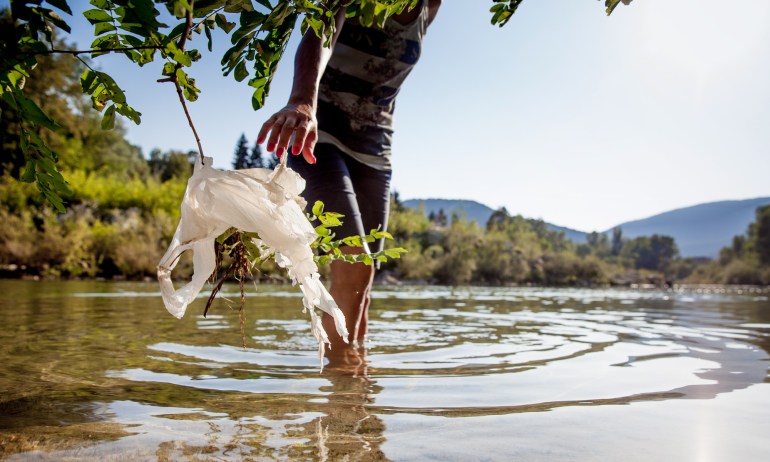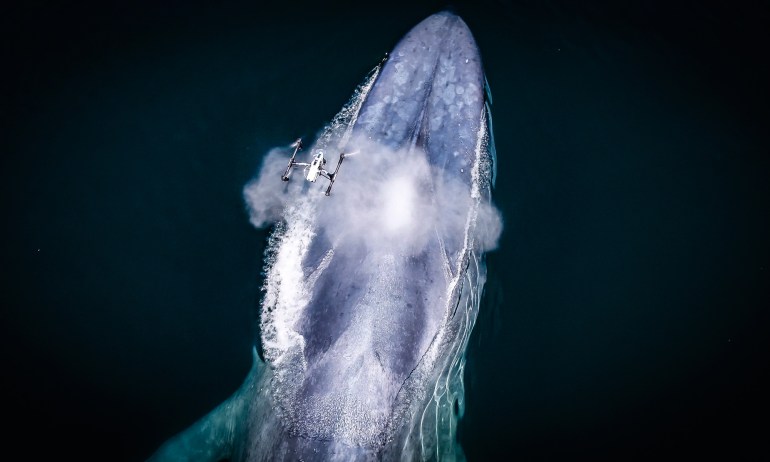
From wrapping paper and greeting cards to party favors and ornaments, millions of everyday items sparkle due to glitter. And while these shimmering objects are festive and eye-catching, they’re harming our planet and contributing to climate change. Environmental science researcher Claire Gwinnett PhD explains how.

How do color-blind cephalopods — octopus, squid and others — achieve such a good color match when they camouflage? (in short: amazing, distributed brains). And what does it take to study these elusive animals in the wild? (a whole lot of patience). Marine scientist Roger Hanlon dives deeper into his research.





